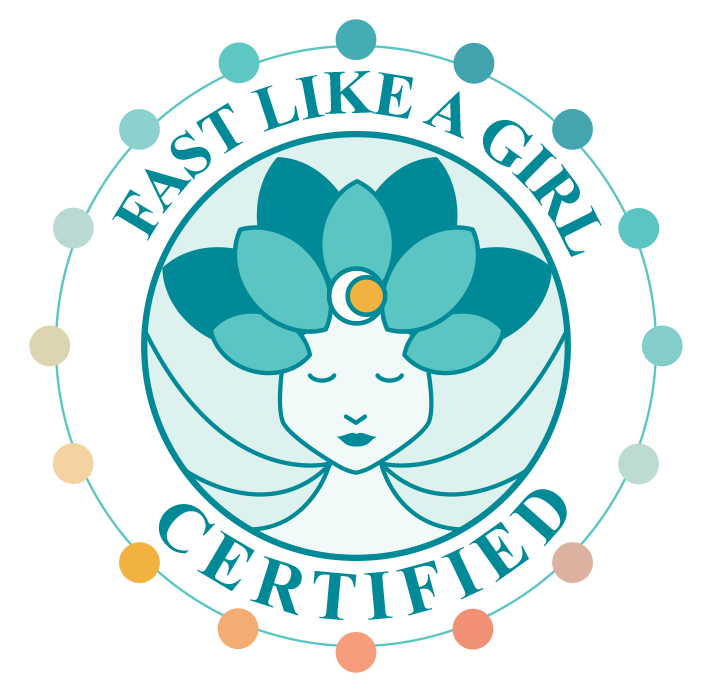Fascia – the web in our body
What is fascia?
The connective tissue of the body binds every cell to its neighbors and the tissues made up of cells to other tissues, encases and connects organs, muscles, bones, and even connects to the skin and goes inside the cell to interconnect the cell components. Not only does it connect, it supports, cushions, acts as a conduit for interstitial fluid, and for the flow of immune system components and hormones. This connective tissue is what I call Fascia in this blog. I wish to give you a sense of how the whole body is a web of fascia and how important it is to the structure and function of the body.
Dr. Jean-Claude Guimberteau made this video: Strolling Under the Skin. It is a graphic and technical view of the fascia and contains plenty of medical terms. Enjoy the visuals. It takes about a half hour to complete the video, so sit back and relax.
To further clarify this perspective, I quote Schultz and Feitis from The Endless Web: Fascial Anatomy and Physical Reality.
The muscle-bone concept presented in standard anatomical description gives a purely mechanical model of movement. It separates movement into discrete functions, failing to give a picture of the seamless integration seen in a living body. When one part moves, the body as a whole responds. Functionally, the only tissue that can mediate such responsiveness is the connective tissue.
In essence, muscles are encased in a net of fascia like fish in a fishing net. This fishing net is then tacked at various places to another net containing bone, cartilage, and synovial fluid inside, encased with a layer known as periosteum (bone covering) and joint capsules. You may be deceived by looking at an anatomy book, because each structure is neatly separated out and named, and the connective tissue is conveniently absent. It helps to think of your body as one continuous web, at some point differentiated into functional components like muscles, joined by thickened web sections to components like bones. It all works together.
Another analogy
 Imagine you are laying on your bed, covered with a sheet and bedspread. In this crude analogy, the bedspread is your skin and the sheet is some of the fascial web. The sheet will drape your contour quite nicely until something happens. Imagine your cat jumps on the bed and thinks your knee is something to play with. When the cat claws your knee, the sheet and bedspread will bunch up. And look at the effects on the rest of the bed! There may be lines of fold to your foot or hip, the sheet and bedspread around your other knee may be displaced, and the coverings may be disturbed all the way to the top of your head. Now consider that we are three-dimensional, and imagine where the sheet may be bunched or pulled to your side or behind you.
Imagine you are laying on your bed, covered with a sheet and bedspread. In this crude analogy, the bedspread is your skin and the sheet is some of the fascial web. The sheet will drape your contour quite nicely until something happens. Imagine your cat jumps on the bed and thinks your knee is something to play with. When the cat claws your knee, the sheet and bedspread will bunch up. And look at the effects on the rest of the bed! There may be lines of fold to your foot or hip, the sheet and bedspread around your other knee may be displaced, and the coverings may be disturbed all the way to the top of your head. Now consider that we are three-dimensional, and imagine where the sheet may be bunched or pulled to your side or behind you.
Ordinarily an injury or emotional upset will not create such a dramatic effect in the fascia, but it is there if you just look. Do your feet meet the ground soundly, or is your weight more to the inside or outside of your foot? Are your hips and shoulders at equal levels, or is one higher than the other? From the side, do you line up with gravity, or is your head forward, pelvis tilted under or up, chest forward or back, or are the natural curves of your spine exaggerated, decreased, or even flattened?
How do these compensations come about?
The fascia is highly adept at responding to stress going through the system. The fascia gets deformed and the bonds between molecules stretch, resulting in a tiny electrical charge. The nearby cells pick this up and respond. This may result in a long-lasting change in structure and function.
For example, an athlete in intensive training, with repeated force on her feet, will end up building bone in the feet and legs through this mechanism. We consider this a useful adaptation.
On the other hand, someone with a slumped posture will fortify lengthened muscles with an inelastic strap around those muscles resulting in stiffness, weakness, pain at certain points, and less function. The good news is that the fascia is almost endlessly able to respond to bodywork which takes the strain off the muscle by releasing other muscles, which restores the muscles’s function and in balance, and eventually that inelastic strap of compensated fascia will be reabsorbed.
More details of the whole
Let us compare our body to a brick building. The ground must support the bottom row of bricks, which must support all the bricks on top of it. This is called a continuous compression structure. The walls of this brick building also must withstand forces coming directly against the wall, called tensile forces, such as wind. Most brick walls are reinforced with tensile-resistant steel rods.
In this brick upon brick model, the bones of the body stack on one another. The feet contact the earth and must bear the weight of the whole body. Going up, the lumbar supports the body above it and the last cervical vertebra holds the weight of the head. The muscles, then hang from the bones and move them around. The image is that a muscle contracts and the bones connected to it move. If there is damage, it is localized and simply by rebuilding that area will everything be restored.
But that is not the way things work in actuality. A better model is of a tensegrity structure. Tensegrity is a word coined by Buckminster Fuller combining tensional with integrity. A tensegrity structure has rigid structures floating in a tensioned web.
Here is Tom Myers explaining the concept of Tensegrity in the body:
The body as a tensegrity system
Now think of your bones as the rigid compression members floating in the fascial system which includes muscles, ligament, and tendons which act as the tension system. The compression members, your bones, push outwards against the tension members (the fascia) that pulls inwards. As long as the compression balances the tension, the structure is stable. Think of this whole description in terms of your body.
In comparison with a continuous compression system (think of the bricks stacked on each other – or bones stacked on one another) the tensegrity structure is generally less stiff and more resilient. If you press on one corner of the tensegrity structure, the whole will give a little to accommodate it. If you press too hard, the whole structure will break, but not necessarily where you pressed. Because the pressure was distributed through the whole system, it will break at a weak area, which may be far from the place where the pressure was applied. Therefore, an injury may have its greatest effect somewhere far from the point of impact.
Tensegrity structures show great resiliancy, in fact, they get more stable to more they are loaded. The interconnected structural elements rearrange in response to local forces. As more force is applied, the more elements align themselves in the direction of the stress of the force. The end result is a stiffening in that direction. This shows the compensation patterns that may evolve in the body.
Again, in terms of our bodies, think of the bones as spacers pushing out into the soft tissues, the connective tissue. The tension of the connective tissue, the fascia and muscle system, determines the balance of the body. If you wish to change the relationship between the bones, according to this model, it only takes changing the tensional balance between the fascia, then the bones will rearrange themselves.
Bowen bodywork works according to this model
My experience with Bowen bodywork which works with the soft tissues, the fascial system, shows the efficacy of this model of working. When the fascia is released, muscles reset their resting length, allowing bones to come into a different alignment. I do see pain relieved, more resiliency of movement, alignment in gravity, and ease of the body.
I hope this gives you a clearer picture to how your body works and why Bowen bodywork can be so effective, when it does not employ high-velocity or deep penetrating moves. The fascia permeates everywhere, and responds to a light touch. If fact, the fascia will momentarily “melt” when a Bowen move is applied, so that a new alignment of the stiffened parts can result. Yes, what you think of as solid fascia actually becomes liquid for a moment after the Bowen move, things realign, then becomes more solid again. I think this is key to why the changes from Bowen bodywork are long-lasting, and why the bony structure can change after a treatment.
If you have had Bowen bodywork and noticed changes as I have described, please comment below.
WANT TO USE THIS ARTICLE IN YOUR NEWSLETTER OR WEB SITE? You can, as long as you include this complete blurb with it:
“Naturopathic Physician Dr. Cheryl Kasdorf is a doctor who listens and has answers with a natural approach that works. She is known as the go-to person to get back your get-up-and-go when it is gone, gone, gone. Get your FREE gift “Dr. Kasdorf’s Health Secrets for Feeling & Looking Great” at drcherylkasdorf.com




